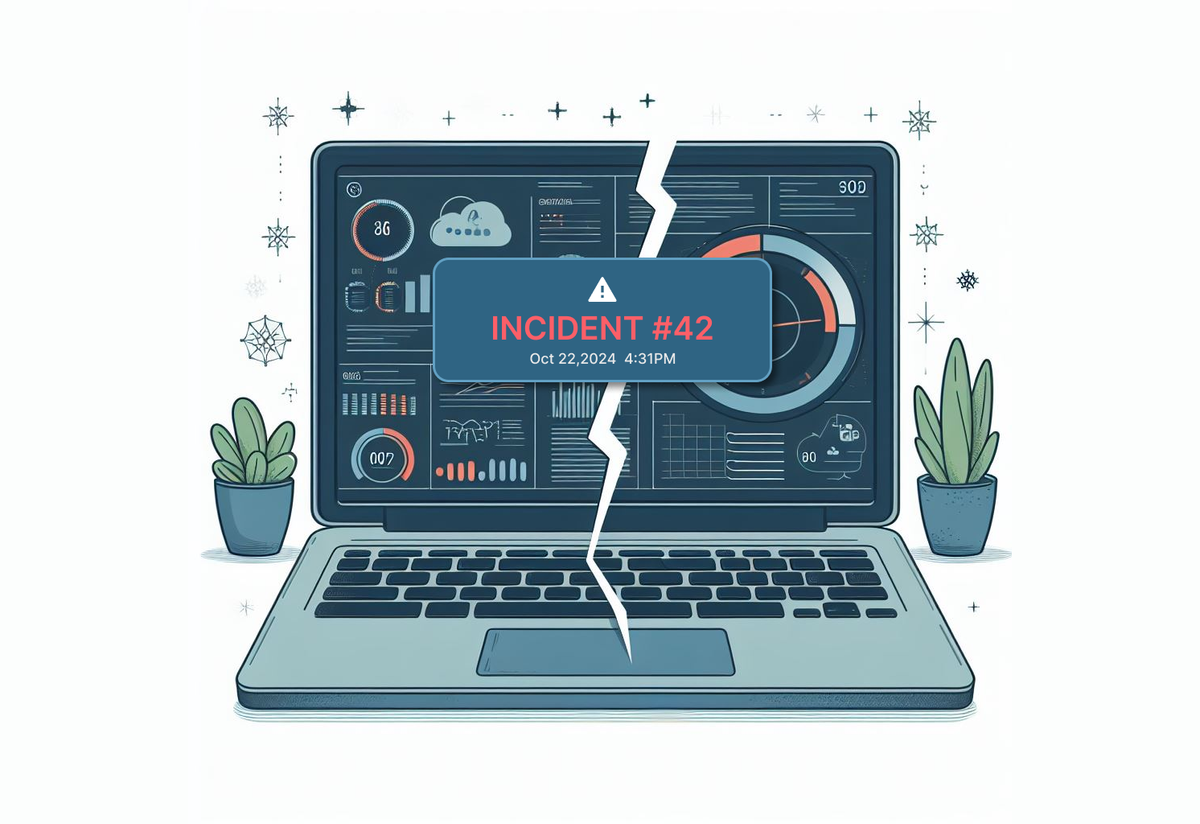Incidents are critical in any situation whether be it in personal life or in the software. But do you know there is a lot more to learn when your system faces downtime or glitches while operating? In today’s blog let's learn about how to do a Post-incident review in the right way
Are you Wondering how the post-incident review procedure works? By the end of this blog, you will get a complete understanding of what post-incident reviews are and why they are important last but not least we will also discuss the best practices to be followed during this process
What is a Post-incident Review?
A post-incident review is a process to assess the incident response procedure completely from end to end. The main objective is to provide well-defined steps to enhance the incident response and prevent future incidents.
Why is Post-Incident Review important?
For a variety of reasons, post-incident reviews, or PIRs, are very important in businesses. First of all, they give teams a priceless opportunity to learn by allowing them to evaluate both achievements and setbacks, pinpoint problem areas, and build resilience. PIRs make it easier to implement remedial actions by analyzing the underlying causes of incidents, which lowers costs and downtime while preventing similar incidents from happening in the future. Additionally, they promote a culture of continuous improvement by engaging groups to review procedures and methods regularly.
It also boosts confidence among the team and improves problem-solving abilities.PIRs may also be required to comply with regulatory requirements. Ultimately, PIRs are essential to fostering an environment that values resilience, learning, and improvement and helps firms succeed in the long run.
1) To identify successes and failures
2) To analyze the exact root cause
3) To generate insights and gain accountability

Best Practices for Conducting a Post-Incident Review?
After learning about post-incident review and its importance, Now it's time to learn about the best practices for conducting a successful post-incident review.
It is imperative to adhere to best practices when conducting a post-incident review (PIR) to guarantee comprehensive analysis and useful insights.
1.Define the Goals and Objectives:
Establishing the objectives and parameters of the post-mortem is very important before you begin the investigation. Which are the primary inquiries you wish to address? Which measures and indicators are most important for determining success or failure? In your timeline, how far back do you wish to go? Who are the analysis's participants and stakeholders? How will you record and disseminate the findings? It will be easier for you to concentrate on the most pertinent and significant elements of your startup's journey if you have a clear and defined goal and plan.
2.To Collect and Analyze the Data:
The next stage is to gather and examine data that will enable you to assess your performance and find the answers to your queries. Gathering user behavior, doing competitive analysis, market research, taking customer feedback, product features, team dynamics, and more can all be considered types of data.
Data can be gathered and analyzed using a variety of tools and techniques, including surveys, interviews, analytics, dashboards, reports, etc. Finding trends, patterns, correlations, and causalities that can explain why your startup succeeded or failed in particular areas is the aim.
3.Prioritize learnings:
You can rank the key takeaways from your past incident experience according to the data analysis. Positive or negative learnings are important.To arrange and classify your lessons, you might make use of frameworks like the five whys technique, SWOT analysis, and root cause analysis.
To rank your learnings according to their significance, applicability, and actionability, you can also employ a rating system. The intention is to draw attention to the most significant and useful ideas that can assist you in enhancing your abilities, choices, and results.
4.Resolution and Recovery: Talk about the teams involved, how the outage was communicated during, and how the situation was addressed. Emphasize the actions done to fix the problem and bring back the functioning of the service.
Generally speaking, there are three paragraphs in this section:
When and how internal monitoring systems informed engineers that there was probably an issue should be described in the first paragraph.
The second paragraph ought to go over how the engineers identified the issue and attempted a reversal.
The last paragraph should describe how the engineers were able to get the service back online.
5.Preventive Measures: This part includes some critical thinking on what you can do differently the next time to address these problems, as well as an itemized list of ways to avoid a failure of this kind in the future.
Describe the precise steps that will be taken to ensure that accidents of this nature don't occur again. Provide specific plans for strengthening redundancy, introducing new procedures, and monitoring.
You can also discuss specifics on the technologies used by the company, like how the monitoring tool was used to notify the engineers. This facilitates a better understanding of the problem by the customers.
6.Communicate: Seeking input from others and communicating in an open, sincere, and productive manner are the primary objectives. Additionally, you can utilize the input to make adjustments to your ongoing or upcoming projects, like pivoting, iterating, or starting a new business.
Sample Incident Post-Incident review:https://sre.google/sre-book/example-postmortem/

